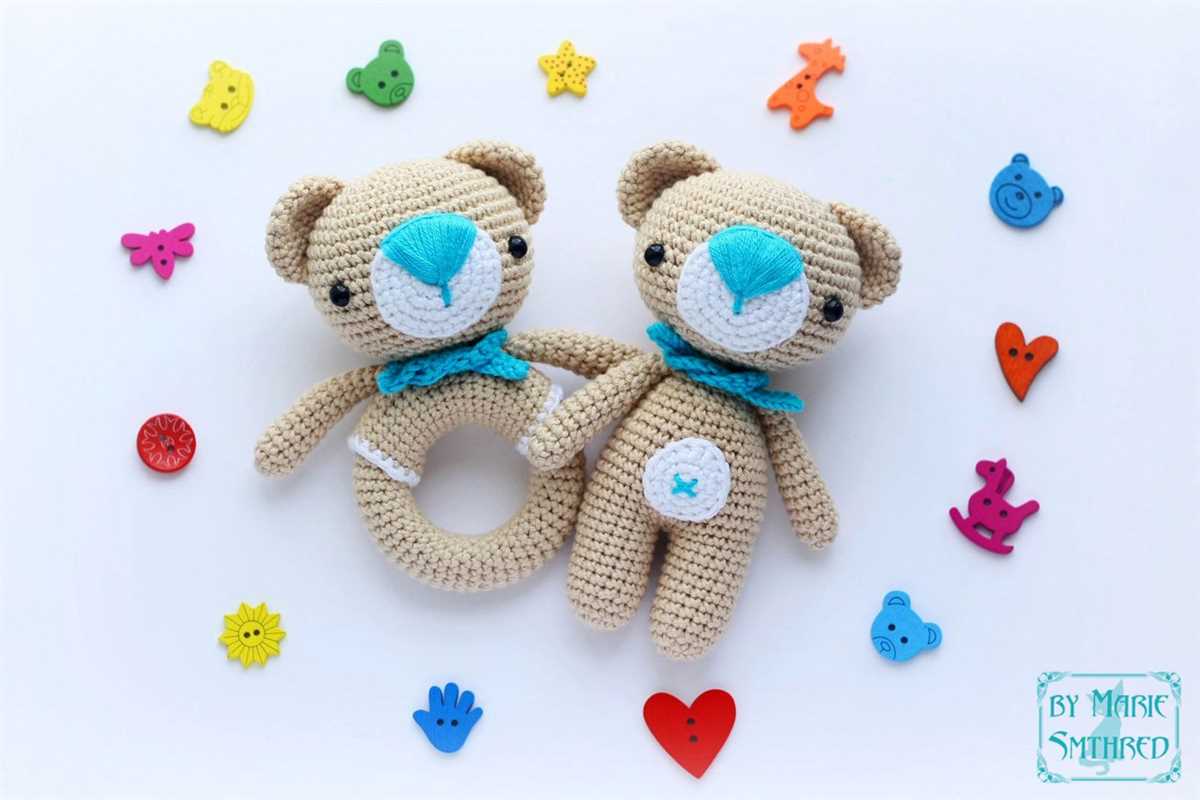
Amigurumi is a Japanese word that refers to the art of knitting or crocheting small, stuffed yarn creatures. These adorable little toys have gained popularity all over the world and are loved by people of all ages. Knitting amigurumi patterns is not only a fun and creative hobby, but it also allows you to create unique and personalized gifts for your loved ones.
One of the great things about knitting amigurumi is that you can let your imagination run wild and create any animal, character or object you can think of. From cute little animals like cats, dogs and bunnies, to popular characters from movies and TV shows, the possibilities are endless. With just a few basic knitting techniques, you can bring these charming creatures to life.
Knitting amigurumi patterns is also a great way to use up leftover yarn from other projects. These small projects require only a small amount of yarn, so they are perfect for using up those odd balls of yarn you have lying around. You can mix and match different colors to create unique patterns and designs.
Whether you’re a seasoned knitter or just starting out, knitting amigurumi patterns is a great way to expand your skills and challenge yourself. The small size of these projects makes them perfect for practicing new techniques, such as colorwork, shaping, and different stitch patterns. So grab your knitting needles and get ready to embark on a fun and creative journey into the world of amigurumi!
What is amigurumi?
Amigurumi is the Japanese art of knitting or crocheting small, stuffed yarn creatures. The word itself is a combination of two Japanese words: ami, which means “crocheted” or “knitted”, and nuigurumi, which means “stuffed doll”.
Amigurumi toys are typically made using a small hook and fine yarn to create intricate stitches and details. These adorable creatures can be animals, characters from movies or TV shows, or even inanimate objects brought to life. They are often designed with a cute and whimsical style, with big heads and small bodies.
One of the main reasons why amigurumi has become so popular is the satisfaction and joy that comes from creating these small, handmade toys. The process of crocheting or knitting each piece and then sewing them together allows crafters to exercise their creativity and attention to detail.
Amigurumi patterns are widely available online and in books, ranging from simple designs for beginners to more complex patterns for experienced crafters. These patterns provide step-by-step instructions on how to create each piece of the toy, as well as how to assemble and finish the final amigurumi.
Whether you’re an experienced crafter or a beginner looking to try something new, amigurumi is a fun and rewarding craft that allows you to create adorable toys that you can cherish or give as gifts to loved ones.
Types of amigurumi patterns
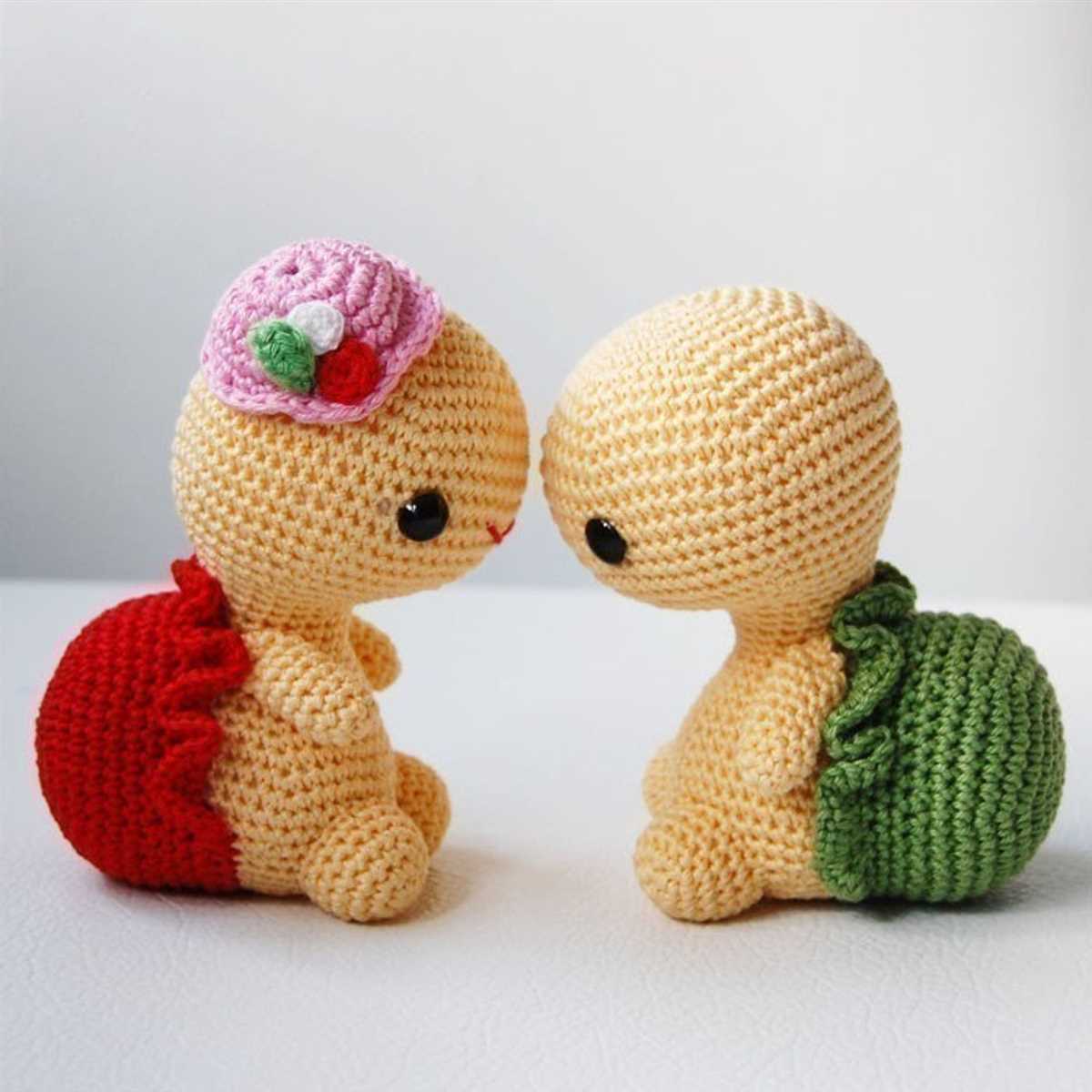
If you’re interested in knitting amigurumi, there are various types of patterns to choose from. Each type offers its own unique style and level of complexity. Here are some popular types of amigurumi patterns:
1. Animal patterns
Animal patterns are one of the most common types of amigurumi patterns. They include patterns for animals of all kinds, such as dogs, cats, birds, and more. Animal patterns can range from simple and beginner-friendly designs to more intricate and detailed patterns for experienced knitters.
2. Fantasy patterns
Fantasy patterns are another popular category of amigurumi patterns. These patterns include designs inspired by mythical creatures, fairy tales, and fantasy worlds. From unicorns to dragons, fantasy patterns allow knitters to create whimsical and imaginative amigurumi toys.
3. Food patterns
Food patterns are a fun and quirky type of amigurumi pattern. They involve creating amigurumi toys that resemble various types of food, such as fruits, vegetables, desserts, and more. Food patterns can be a great way to add a touch of playfulness to your knitting projects.
4. Character patterns
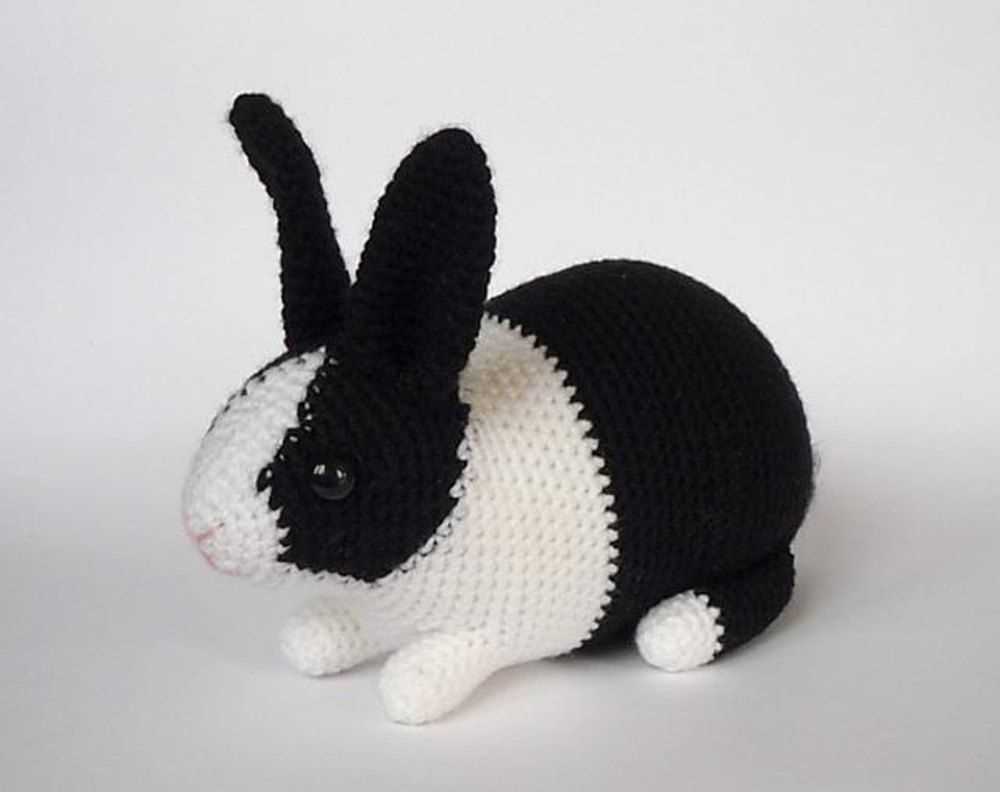
Character patterns are based on recognizable characters from popular culture, such as movies, TV shows, and video games. These patterns often require a higher level of skill and attention to detail, as they aim to capture the likeness of the character. Character patterns can be a great choice for fans of specific franchises or as gifts for enthusiasts.
5. Seasonal patterns
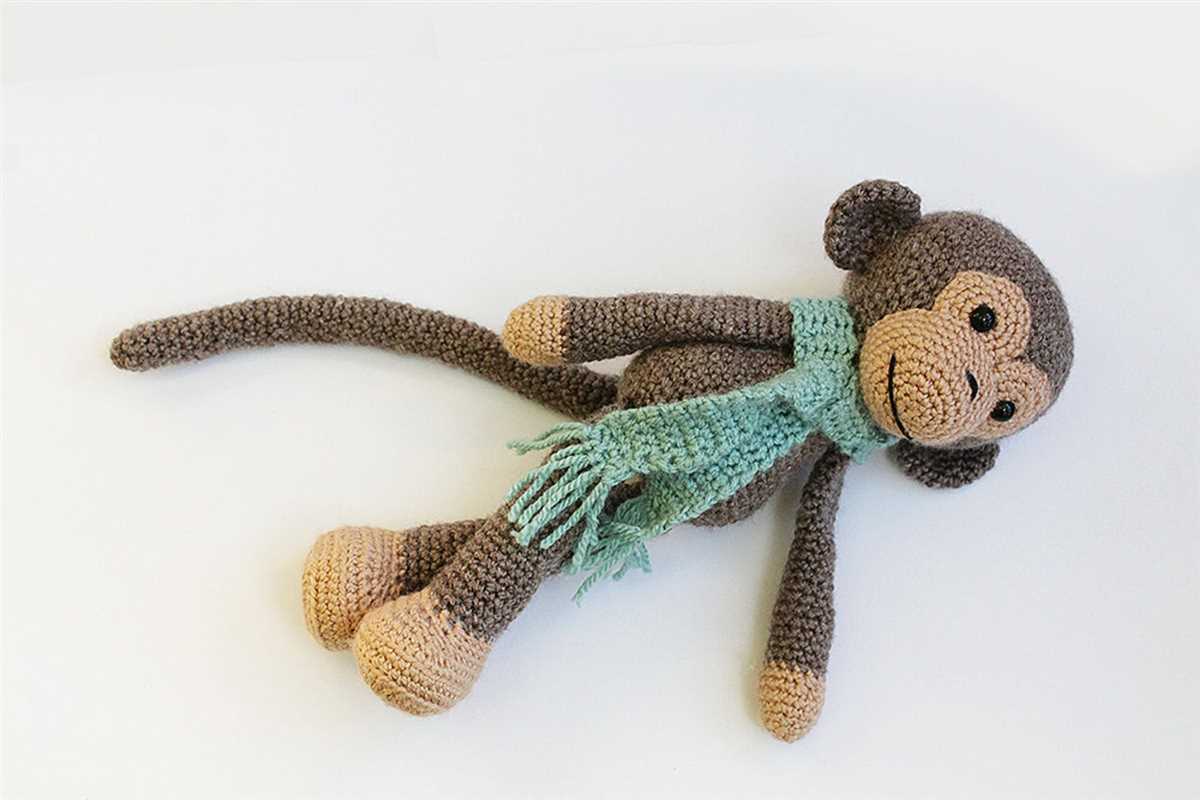
Seasonal patterns are designed to celebrate different holidays and seasons throughout the year. From Halloween-themed amigurumi toys to Christmas ornaments, these patterns allow knitters to create festive decorations and gifts. Seasonal patterns often incorporate unique colors and motifs associated with specific occasions.
When choosing an amigurumi pattern, consider your skill level and personal preferences. Whether you’re a beginner or an experienced knitter, there’s a wide range of patterns available to suit your interests and abilities.
Animal Amigurumi Patterns
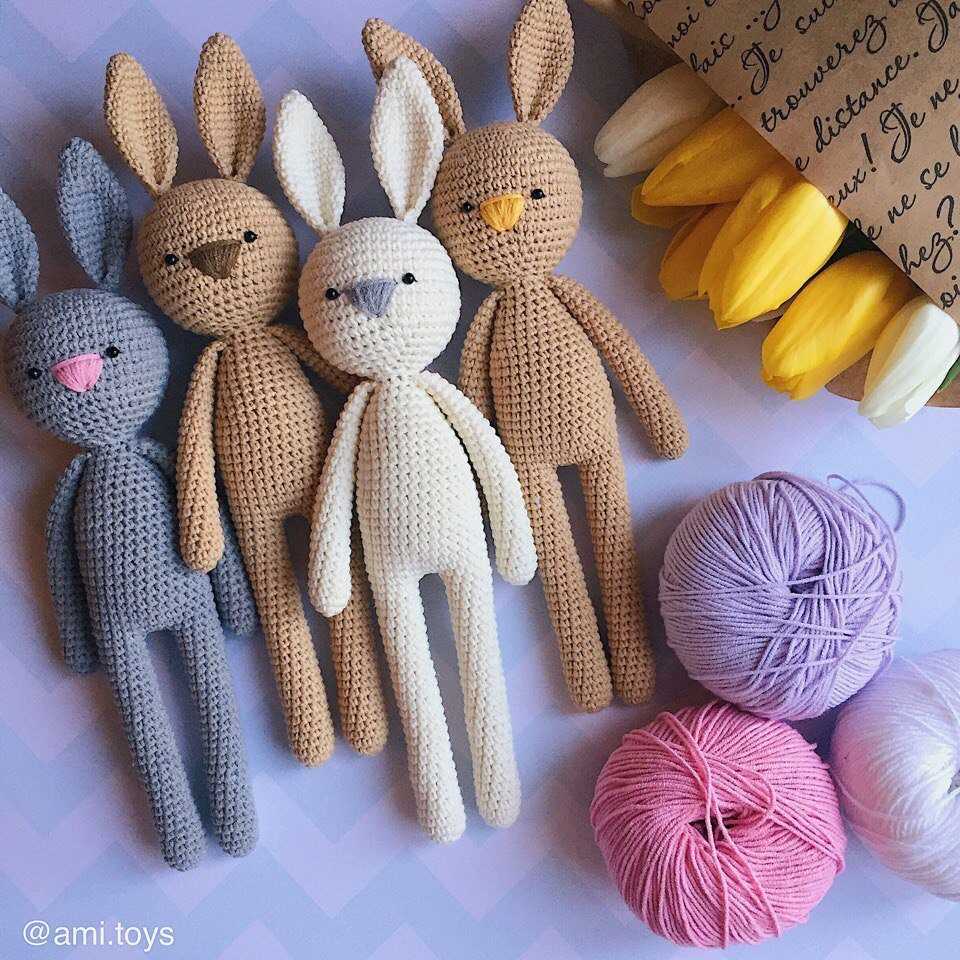
Amigurumi is a Japanese crochet technique used to create cute and small stuffed animals. These adorable toys are often made using wool or yarn and are perfect for gifting or decorating your home. There are a wide variety of animal amigurumi patterns available, allowing you to create your favorite animals with just a crochet hook and some yarn.
One popular animal amigurumi pattern is the bunny. With its long ears and fluffy tail, a crocheted bunny can be a delightful addition to any collection. Pattern variations can include different colors, sizes, and even accessories like bows or carrots. Whether you want to make a tiny bunny keychain or a larger stuffed animal, there is a bunny amigurumi pattern to suit your skill level and preferences.
Some other popular animal amigurumi patterns include:
- Cats: These cute and mischievous creatures can be crocheted in various poses and colors. From sitting cats to playful kittens, you can create your favorite feline friend.
- Dogs: Whether you prefer a tiny Chihuahua or a fluffy golden retriever, there are plenty of dog amigurumi patterns to choose from. Add a collar or a bone toy for extra cuteness.
- Bears: Teddy bears are a classic choice for amigurumi patterns. From small and cuddly to big and floppy, crocheting a bear can be a rewarding project.
- Elephants: Elephants are known for their intelligence and gentle nature. Create your own crocheted elephant with its distinctive trunk and floppy ears.
- Owls: Owls are a popular choice for amigurumi patterns due to their cute round shape and big eyes. Different color combinations can give your crocheted owl a unique look.
No matter which animal you choose, amigurumi patterns offer a fun and creative way to bring your favorite creatures to life. With some basic crochet skills and a little patience, you can create unique and adorable animal toys that are sure to bring joy to anyone who sees them.
Character Amigurumi Patterns
Character amigurumi patterns are a popular choice among knitters and crocheters who enjoy making cute and whimsical toys. These patterns allow crafters to create their favorite characters from movies, TV shows, video games, and more, in a small and adorable form.
One of the great things about character amigurumi patterns is the wide variety of options available. From beloved fairy tale characters like Cinderella and Snow White to iconic superheroes like Batman and Spiderman, there is a pattern out there for every fan. These patterns often come with detailed instructions and step-by-step photos, making them accessible to crafters of all skill levels.
Popular Characters to Knit or Crochet
- Harry Potter: Knitting or crocheting your favorite Harry Potter characters, such as Harry, Hermione, and Ron, allows you to bring a piece of the magical world into your home.
- Disney Princesses: Create a collection of amigurumi princesses like Ariel, Belle, and Elsa, and relive the magic of your favorite Disney movies.
- Pokémon: Craft adorable Pokémon characters like Pikachu, Bulbasaur, and Charmander, and embark on your own amigurumi Pokémon journey.
- Star Wars: If you’re a Star Wars fan, you can make mini versions of iconic characters like Yoda, Darth Vader, and R2-D2.
Tips for Making Character Amigurumi
When making character amigurumi, it’s important to pay attention to details to ensure that your finished toy resembles the character it’s based on. Here are some tips to help you achieve the best results:
- Use the right colors: Choosing the correct yarn colors is crucial for capturing the essence of the character. Look for yarn color charts or source yarn in the character’s shades.
- Add small details: Emphasize specific characteristics of the character by adding details like facial features, accessories, or distinguishing patterns.
- Experiment with different stitches: Play around with different stitches and techniques to create textures and shapes that match the character’s design.
- Don’t forget about safety: If you plan to give the amigurumi as a toy, make sure to securely attach all parts and avoid using small parts that could be a choking hazard.
With character amigurumi patterns, you can bring your favorite fictional characters to life in a fun and creative way. Whether you choose to knit or crochet, these patterns offer endless possibilities for making charming toys that are sure to bring joy to children and adults alike.
Food amigurumi patterns
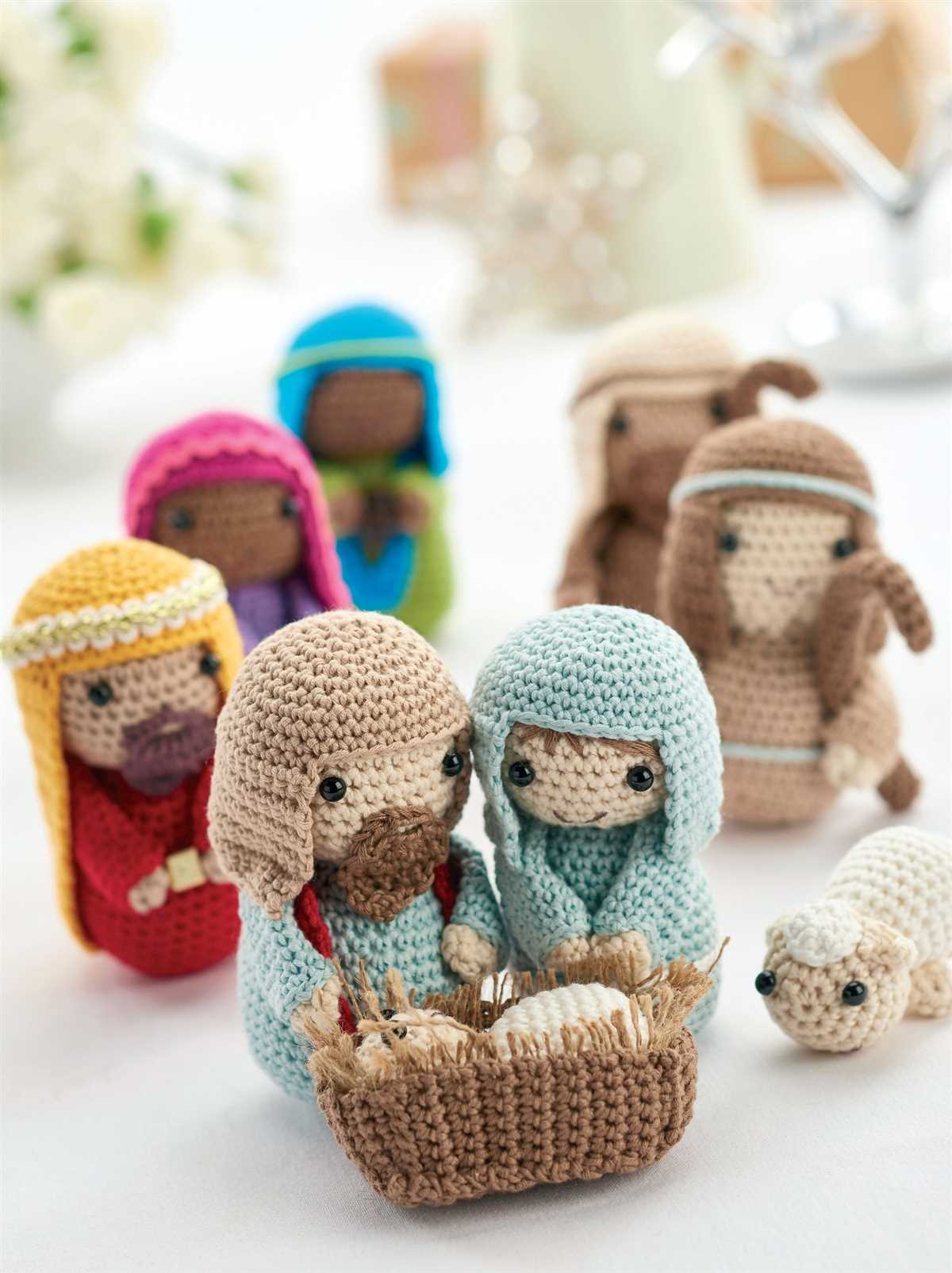
If you love both knitting and food, then food amigurumi patterns are perfect for you! These adorable crocheted food items are so fun to make and can be used as cute decorations or toys. You can find patterns for a wide range of food items, from fruits and vegetables to sweets and snacks.
One popular food amigurumi pattern is for crocheted fruits and vegetables. You can create miniature versions of your favorite fruits and vegetables, such as apples, oranges, carrots, and broccoli. These little creations can be used in various ways – you can attach them to keychains, make them into fridge magnets, or simply display them on a shelf for a pop of color and cuteness.
Here are a few other food amigurumi pattern ideas:
- Ice cream cones: Who can resist a cute crochet ice cream cone? You can make different flavors and toppings to create a whole ice cream parlor in your amigurumi collection.
- Pizza slices: Make your own crocheted pizza party with mini pizza slices! Add toppings like mushrooms, peppers, and cheese to make them look even more realistic.
- Burger and fries: A classic fast food combo that looks adorable when crocheted. You can even make tiny ketchup and mustard bottles to go along with it.
- Sushi: Create a sushi feast with crocheted sushi rolls, nigiri, and sashimi. These cute amigurumi pieces will make any sushi lover smile.
With food amigurumi patterns, you can combine your love for crafting and food into one delightful hobby. Whether you choose to make fruits, ice cream, or your favorite fast food, these crocheted creations are sure to bring a smile to your face.
Plant amigurumi patterns
Plant amigurumi patterns are a creative and fun way to bring a touch of nature into your home. Whether you have a green thumb or struggle to keep real plants alive, these crochet patterns allow you to enjoy the beauty of plants without the maintenance.
1. “Cactus Collection”
If you love the desert vibes, the “Cactus Collection” pattern is perfect for you. This pattern features various cacti designs, each with its own unique shape and size. From small and round cacti to tall and spiky ones, you can create a mini desert in your own home.
2. “Succulent Garden”
Succulents are a popular choice for both indoor and outdoor gardens due to their low maintenance needs. With the “Succulent Garden” amigurumi pattern, you can create a collection of adorable crocheted succulents. Arrange them in a pot or display them individually for a cute and vibrant touch.
3. “Floral Bouquet”
Bring the beauty of flowers indoors with the “Floral Bouquet” amigurumi pattern. This pattern features various flower designs, including roses, daisies, and sunflowers. Create an everlasting bouquet that never wilts and brighten up any room with these colorful crocheted flowers.
4. “Herb Garden”
If you enjoy cooking and using fresh herbs in your recipes, the “Herb Garden” amigurumi pattern is a great choice. This pattern allows you to crochet cute and compact versions of herbs like basil, mint, and rosemary. Place them in your kitchen or gift them to a fellow herb enthusiast.
Get creative with these plant amigurumi patterns and add a touch of nature to your home or create unique gifts for friends and family. The best part is that these crocheted plants never need watering or sunlight, making them perfect for anyone, regardless of their gardening skills.
How to Knit Amigurumi
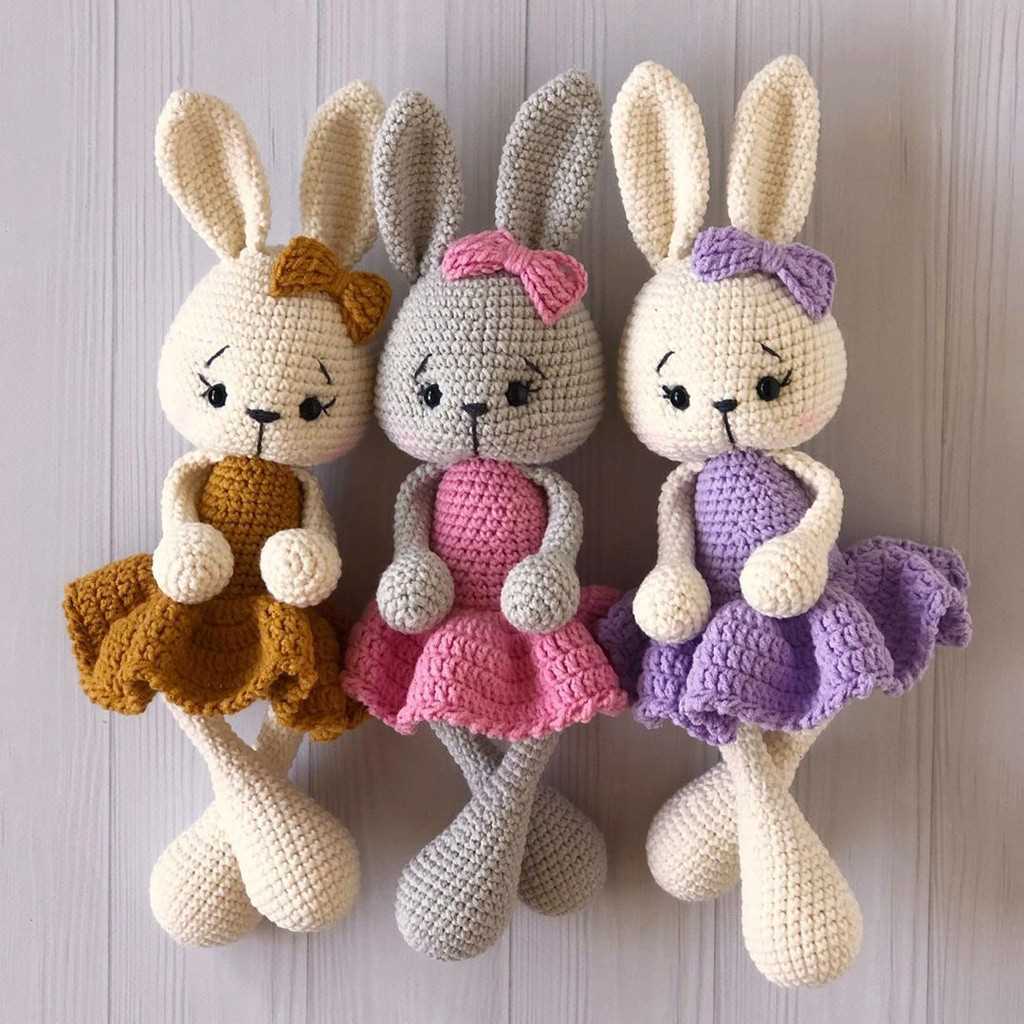
Knitting amigurumi can be a fun and rewarding hobby. These adorable stuffed toys have gained popularity in recent years, and it’s no wonder why. They make great gifts, decor, and toys for both children and adults. If you’re new to knitting amigurumi, don’t worry! With a few basic skills and techniques, you’ll be able to create your own cute creations in no time.
1. Choose the right yarn and needles: When knitting amigurumi, it’s important to choose a yarn that is durable and easy to work with. Acrylic or cotton yarns are commonly used for this type of project. Additionally, you’ll want to select needles that are appropriate for the thickness of your yarn. This information can usually be found on the yarn label.
2. Start with a simple pattern: As a beginner, it’s best to start with a simple amigurumi pattern. Look for patterns that have basic shapes and stitches, such as spheres or cylinders. This will allow you to practice the fundamental techniques without feeling overwhelmed.
3. Learn the magic ring technique: The magic ring technique is a common method used to start amigurumi. It creates a tightly closed center, which is essential for preventing stuffing from showing through. There are many tutorials available online that can guide you through this technique.
4. Basic stitches: Familiarize yourself with the basic stitches used in amigurumi, such as single crochet, increase, and decrease. These stitches will form the foundation of your amigurumi creations. Practice them until you feel comfortable and confident.
5. Stuffing and assembling: Once you’ve finished knitting all the pieces of your amigurumi, it’s time to stuff and assemble them. Use polyester fiberfill or other stuffing materials to give your toy a soft and squishy feel. Make sure to firmly stuff the pieces to achieve the desired shape. Use a yarn needle to sew the pieces together, following the pattern’s instructions.
Remember, knitting amigurumi takes practice, so don’t be discouraged if your first few attempts don’t turn out exactly as you hoped. Keep practicing and experimenting with different patterns, colors, and techniques. Before you know it, you’ll be creating your own unique amigurumi designs!
Choosing the right yarn and needles
When it comes to knitting amigurumi patterns, choosing the right yarn and needles is essential to achieve the desired results. The type and thickness of the yarn, as well as the size of the needles, can greatly impact the final appearance and size of the amigurumi.
Yarn: There are various types of yarn that can be used for knitting amigurumi, including cotton, acrylic, and wool blends. It is important to consider the characteristics of each type of yarn before making a decision. Cotton yarn is often preferred for its smooth and durable texture, while acrylic yarn is known for its affordability and wide range of colors. Wool blends provide warmth and softness, making them suitable for cuddly amigurumi creations.
Needles: The size of the needles used for knitting amigurumi will depend on the thickness of the yarn and the desired stitch tension. It is important to use needles that are appropriate for the yarn thickness in order to achieve the correct gauge and ensure that the stitches are tight enough to hold the stuffing in place. Circular needles or double-pointed needles can be used, depending on personal preference and the complexity of the pattern.
Overall, choosing the right yarn and needles is a crucial step in knitting amigurumi patterns. By selecting yarn that suits the desired texture and using needles that match the yarn thickness, you can maximize the potential of your amigurumi creations and achieve satisfying results. Whether you opt for cotton, acrylic, or wool blends, and whether you prefer circular or double-pointed needles, the key is to find a combination that works best for your project.
Reading amigurumi patterns
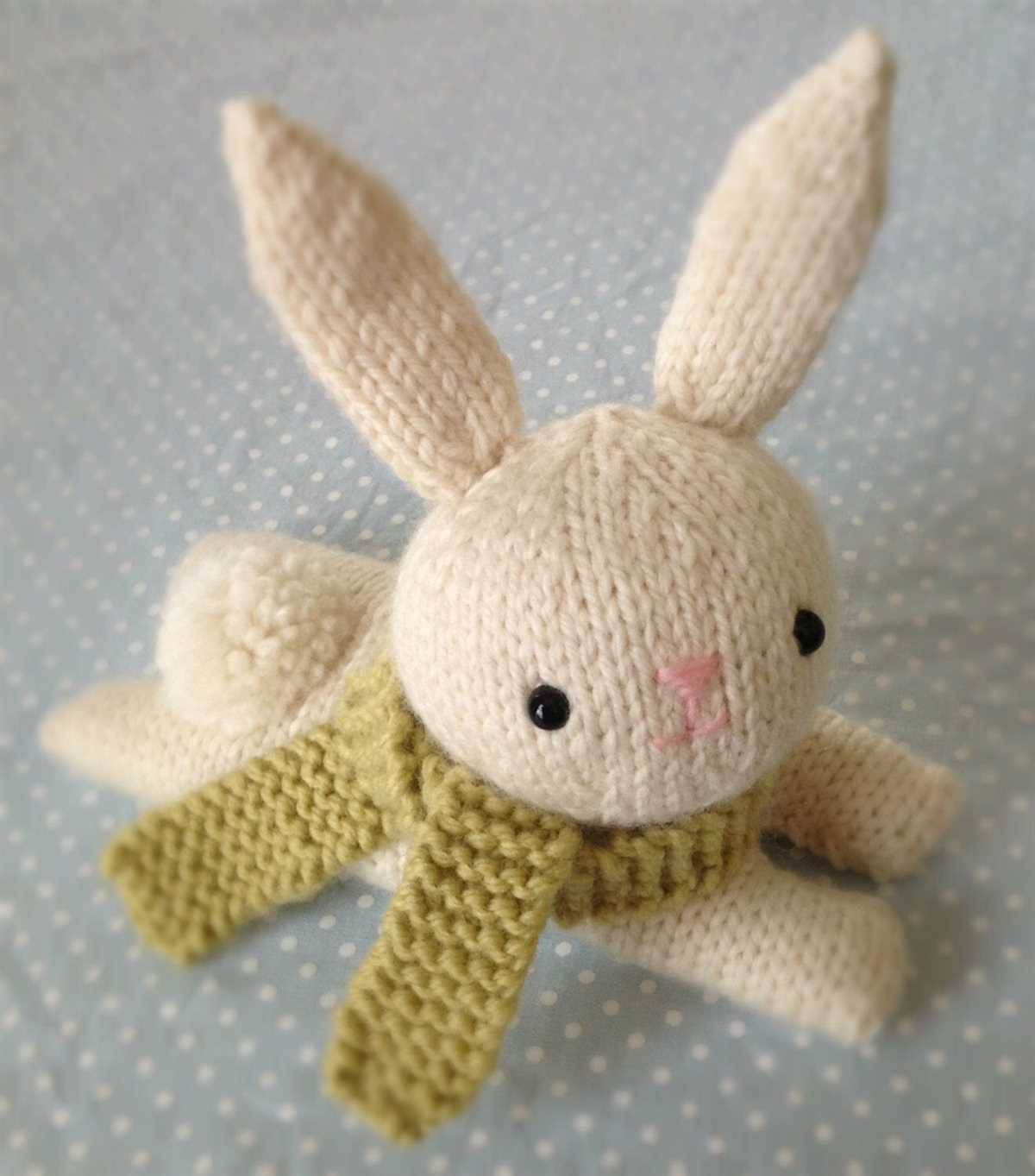
Knitting amigurumi patterns can be both enjoyable and challenging, especially for beginners. It’s essential to understand how to read and interpret these patterns correctly to create adorable crocheted toys. Here are some key tips for reading amigurumi patterns:
1. Familiarize yourself with the pattern
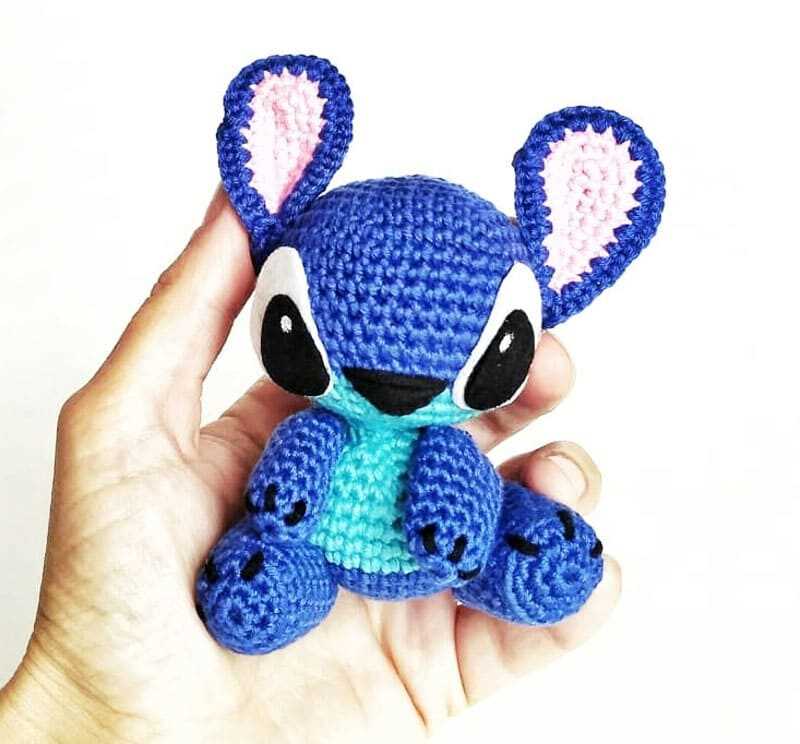
Before starting any amigurumi project, take the time to read through the entire pattern. Understand the terminology used and identify any unfamiliar stitches or abbreviations. This will help you avoid confusion and ensure a smooth knitting process.
2. Pay attention to the materials and tools
The pattern will typically list the required materials and tools needed to complete the amigurumi toy. Read this section carefully and gather all the necessary supplies before you begin knitting. Be sure to choose the recommended yarn weight and hook size to achieve the desired size and appearance.
3. Decode stitch abbreviations
Amigurumi patterns often use abbreviations to represent different stitches. For example, “sc” stands for single crochet, “inc” for increase, and “dec” for decrease. Refer to the pattern’s stitch abbreviation guide to understand the meaning of each abbreviation and how to execute the corresponding stitch.
4. Follow the pattern’s stitch count
Stitch count is crucial in amigurumi projects, as it determines the shape and size of the toy. Make sure to keep track of the number of stitches in each round or row and mark your progress as you go. A stitch marker can be helpful in keeping track of the beginning of each round.
5. Use visual aids
Some amigurumi patterns include diagrams or pictures to clarify certain steps or techniques. These visual aids can provide additional guidance and make it easier to understand complex instructions. Refer to these visuals whenever necessary to ensure you’re on the right track.
By following these tips and practicing your knitting skills, you’ll be able to read and understand amigurumi patterns with confidence. Soon, you’ll be creating adorable crocheted toys that bring joy to both yourself and others!
Basic stitches for amigurumi
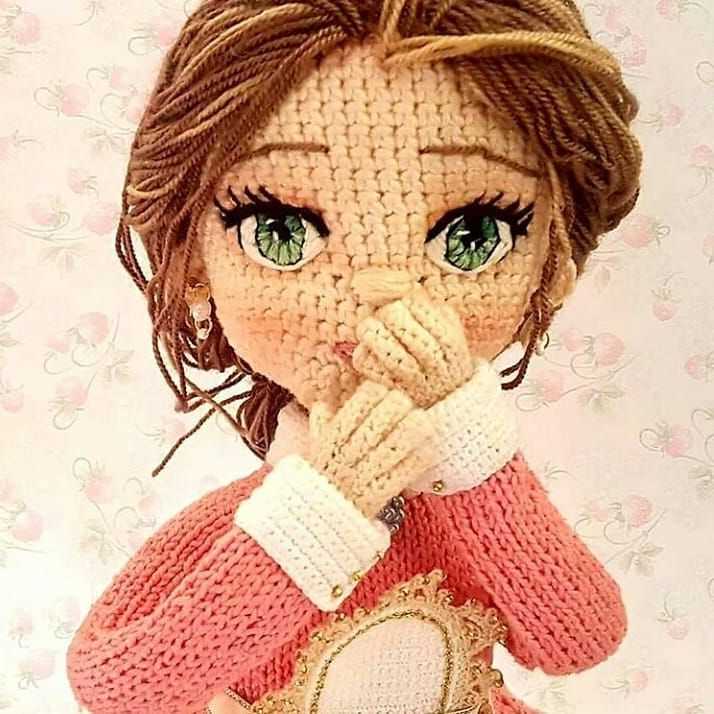
When starting to crochet amigurumi patterns, it’s important to learn the basic stitches that are commonly used in this craft. These stitches will serve as the foundation for creating adorable stuffed toys and other cute crochet items. Here are some of the key stitches you need to know:
- Chain stitch (ch): The chain stitch is the most basic stitch in crocheting. It is used to create a foundation row for your project. To make a chain stitch, yarn over and pull through the loop on your hook.
- Single crochet (sc): The single crochet stitch is used to create tight stitches and is commonly used in amigurumi. Insert the hook into the stitch, yarn over, and pull through. Yarn over again and pull through both loops on the hook.
- Increase (inc): Increasing is an important technique in amigurumi. It is done by working two single crochet stitches in the same stitch. This helps to shape the amigurumi and make it larger.
- Decrease (dec): Decreasing is the opposite of increasing and is used to shape amigurumi by making it smaller. To decrease, insert the hook into the next stitch, yarn over, and pull through. Repeat this in the next stitch. Yarn over and pull through all loops on the hook.
- Slip stitch (sl st): The slip stitch is used to join rounds together or to create a smooth seam. Insert the hook into the stitch, yarn over, and pull through both the stitch and loop on the hook.
By mastering these basic stitches, you’ll be able to create a wide variety of amigurumi patterns. Practice them and experiment with different combinations to bring your crocheted creations to life!
Tips for knitting amigurumi
Amigurumi is a Japanese art of knitting or crocheting small stuffed animals, creatures, or toys. It has gained popularity worldwide and has become a favorite among crafters. Whether you are a beginner or an experienced knitter, here are some tips to help you create adorable amigurumi creations.
1. Choose the right yarn and hook size
The choice of yarn and hook size is essential when knitting amigurumi. You want to use a yarn that is soft, durable, and washable. Acrylic or cotton blend yarns work well for amigurumi projects. As for the hook, choose a size that allows you to achieve a tight stitch, so the stuffing doesn’t show through.
2. Keep your tension consistent
Consistent tension is crucial for amigurumi. Make sure to maintain the same tension throughout your work, so the stitches are even and tight. If your tension tends to vary, consider using a smaller hook size to compensate.
3. Use stitch markers
When working on complex amigurumi patterns, it can be easy to lose track of your stitches. Using stitch markers can help you keep track of important points in your work, such as the beginning of a round or the placement of increases or decreases.
4. Stuff your amigurumi firmly
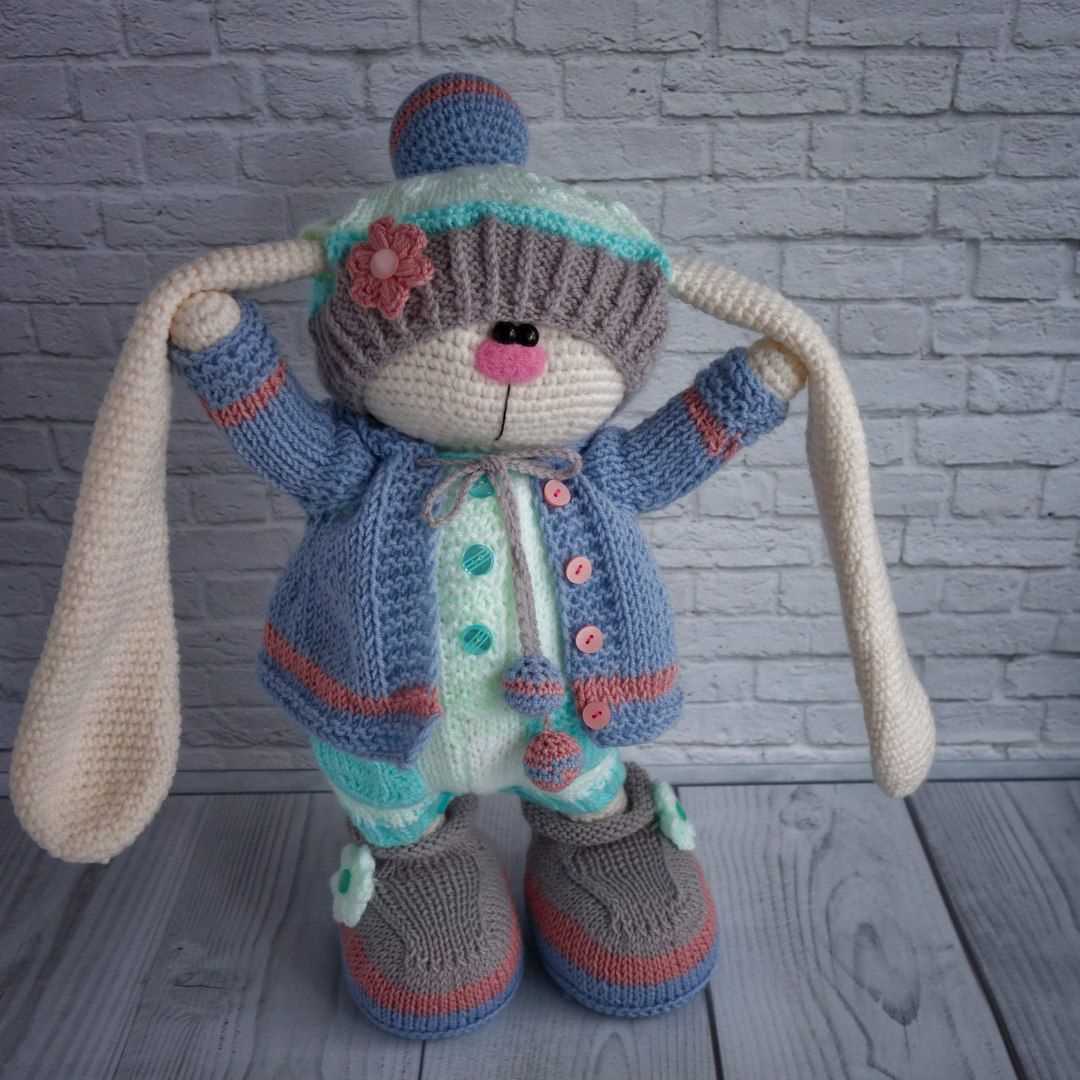
To achieve a plush and well-defined shape, it’s important to stuff your amigurumi properly. Use polyester fiberfill stuffing and stuff firmly, but not too tightly. Make sure to distribute the stuffing evenly throughout the amigurumi to avoid lumpy or uneven areas.
5. Don’t be afraid to customize
While patterns provide a great starting point, don’t be afraid to add your own personal touch to your amigurumi creations. Experiment with different color combinations, embroidery details, or even adding accessories. The possibilities are endless, and it’s a great way to make your amigurumi truly unique.
By following these tips and practicing your knitting skills, you’ll be well on your way to creating adorable and cuddly amigurumi toys. Enjoy the process and let your creativity shine!
Using stitch markers
In the world of amigurumi, stitch markers are essential tools that help you keep track of your stitches and prevent mistakes. Whether you’re a beginner or an experienced crocheter, using stitch markers can make the process much easier and ensure that your amigurumi turns out just the way you want it.
What are stitch markers?
Stitch markers are small tools, usually made of plastic or metal, that are placed in certain stitches or loops to indicate a specific point in your pattern. They can be in the form of circular rings, locking clips, or even pieces of yarn. Their purpose is to mark a spot in your work where you need to pay special attention, make a specific stitch, or count your stitches.
Why use stitch markers in amigurumi?
In amigurumi, where you work in continuous rounds, it can be easy to lose track of your stitches or forget where you started. Stitch markers help you keep track of the beginning of each round, which is especially important when working on complex patterns or color changes. They also help you count your stitches and ensure that you’re not adding or missing any along the way.
How to use stitch markers in amigurumi?
To use stitch markers in amigurumi, you simply insert them into the loops or stitches indicated in your pattern. You can place them at the beginning of each round, at specific stitch counts, or to mark certain parts of your work. As you crochet, you can easily move the stitch markers along with your work or remove them when they’re no longer needed. By using stitch markers, you can easily follow your pattern and make sure that your amigurumi turns out exactly as intended.
Conclusion
Using stitch markers in amigurumi is a simple yet effective technique that can greatly improve your crocheting experience. They help you keep track of your stitches, count accurately, and prevent mistakes. Whether you’re working on a beginner or advanced pattern, using stitch markers will ensure that your amigurumi turns out beautifully and just the way you envisioned it. So next time you pick up your crochet hook, don’t forget to grab some stitch markers and make your crocheting journey a little smoother!
Stuffing and Assembling Amigurumi
After you have finished crocheting your amigurumi pieces, the next step is to stuff and assemble them. Here are some tips and techniques to help you achieve the best results:
1. Stuffing
When it comes to stuffing your amigurumi, it’s important to strike the right balance. You don’t want your amigurumi to be too firm or too floppy. Start by adding small amounts of stuffing at a time and use your fingers or a stuffing tool to distribute it evenly. Make sure to stuff the corners and edges to avoid any lumpy or uneven areas. Give the amigurumi a gentle squeeze to test its firmness and make adjustments as needed.
For a softer and cuddlier amigurumi, consider using alternative stuffing materials such as polyester fiberfill or yarn scraps. Avoid using materials that could cause allergies or irritations.
2. Assembly
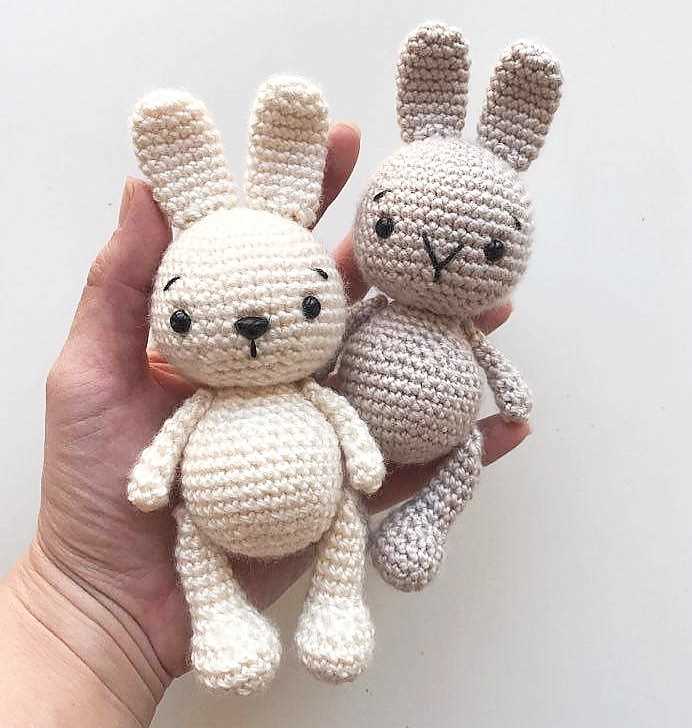
Before you start assembling your amigurumi pieces, it’s a good idea to lay them out and double-check that you have all the necessary parts. Using a yarn needle or a crochet hook, attach the pieces together following the pattern instructions. You can use a simple whipstitch or a slip stitch to join the pieces securely.
Pay attention to the positioning of the facial features and any additional details such as ears, limbs, or accessories. Use the pattern as a guide to ensure the correct placement. Add any embroidery or decorative elements to enhance the amigurumi’s appearance.
Conclusion
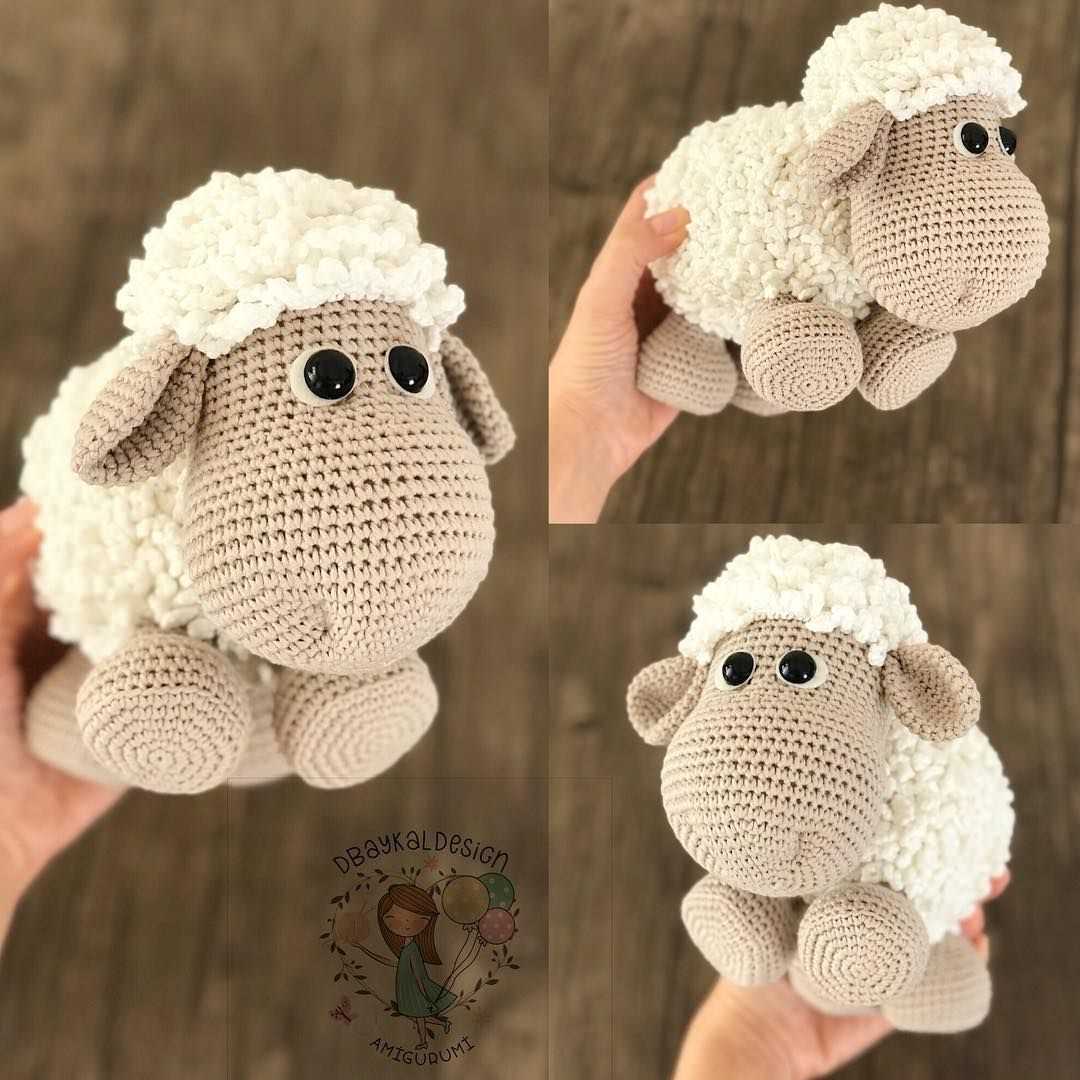
Stuffing and assembling amigurumi can be a fun and rewarding process. By using the right stuffing techniques and following the assembly instructions carefully, you’ll be able to bring your amigurumi to life. Enjoy the creativity and joy that comes with making these adorable crochet creations!